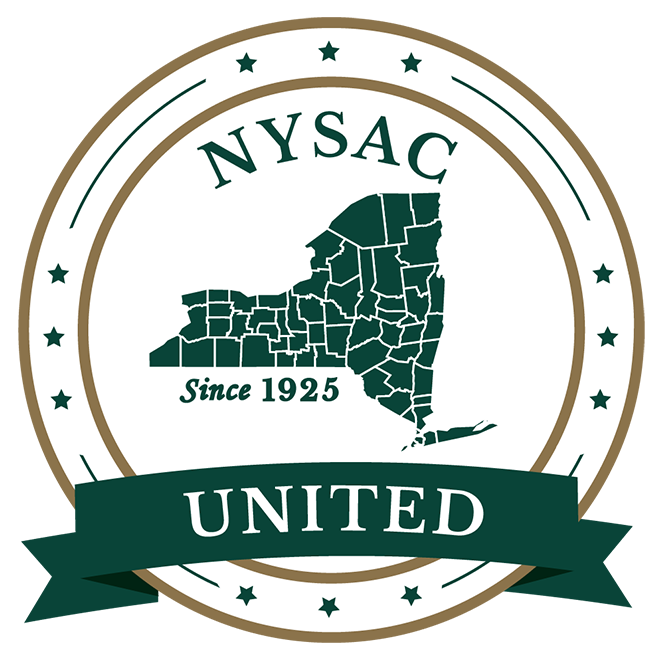Counties Affected By Aqueous Film-Forming Foam (AFFF)
Toxic chemicals known as “emerging contaminants” have been discovered nationwide. These chemicals, called Per- and Polyfluoroalkyl Substances (“PFAS”) are a part of a group of toxic man-made chemicals, often referred to as “forever chemicals” due to the fact they can remain in the environment for many years and, once ingested, may persist in the body for long periods of time. Studies have demonstrated that these chemical cause diseases such as kidney cancer, testicular cancer, ulcerative colitis, thyroid disease and pregnancy induced hypertension.
These chemicals are used in food packaging, and in many water-resistant, stain- proof, and nonstick products. For decades, these chemicals were also a key component of Aqueous Film Forming Foam (“AFFF”), a fire suppressant widely used at municipal airports and military bases to combat jet fuel spills. AFFF used to combat these fires and in training exercise has caused these chemicals to leach into underground aquifers and surface water bodies used for drinking water across the country.
Entities Across the Country Likely Affected
Parties affected by AFFF either own, or are adjacent to Part 139 airports, firefighting training centers and military bases where the chemicals are often used. In an extensive study conducted by the Environmental Working Group, water wells around dozens of airports tested positive for concentrations of PFAS in excess of the EPA safety guidelines of 70 parts per trillion (“ppt”), with some reaching values as high as 13,700 ppt. Yet, most airports in the United States have not even begun testing water sources for potential contaminants.
As a result of the growing concern over PFAS, areas across the country face environmental challenges as a result of previous storage, use, testing and/or disposal of AFFF. Recently, lawsuits have been filed on behalf of Martha's Vineyard and Dutchess County's Part 139 airports. It is clear that PFAS is now an emerging issue for communities everywhere. As entities thoroughly examine current and past use of AFFF, there must be an awareness that liability can be had for letting AFFF contaminate the surrounding properties.
The Fight for Compensation Through Litigation
The first lawsuits brought against the manufacturers and distributors of AFFF were filed in 2016. In 2018, the Judicial Panel for Multidistrict Litigation consolidated these lawsuits into a single action in the District of South Carolina before Judge Richard Gergel. See In Re: Aqueous Film-Forming Foams Products Liability Litigation, MDL No. 2:18-mn-2873-RMG (D.S.C.). Since then, more than two hundred cases have either been filed in or transferred to the coordinated MDL proceedings before Judge Gergel, all of which involve allegations by plaintiffs that PFAS contaminated groundwater near various military bases, airports, and other industrial sites where AFFFs were used to extinguish liquid fuel fires. Shortly after it was established, Judge Gergel approved a leadership structure for the MDL, which included appointing Paul J. Napoli from Napoli Shkolnik PLLC.
Both the health hazards posed by PFAS and the lengthy period the chemicals remain in the water supply absent filtration demand swift action by states to protect their citizens. In the absence of legal action, however, many are left to foot the bill for the exorbitant costs associated with treating these contaminants. This includes the substantial investigation and up-front capital costs for water providers to install new water filtration systems, including granulated activated carbon or anion exchange that helps clean out PFAS, not to mention the significant operational and maintenance costs associated with such treatment.
By filing suit, parties such as those that either own, or are adjacent to Part 139 airports, firefighting training centers and military bases will be able to seek reimbursement from the manufacturers and distributors of AFFF for all costs attributable to the remediation and abatement of PFAS contamination. This approach will generate the revenue needed to clean up the community water supply while protecting taxpayers from undue burden.
Napoli Shkolnik is known to help those affected with exactly that, by handling the entire litigation for a contingent fee. That is, all costs and disbursements of the litigation will be paid by Napoli Shkolnik and will be reimbursable at the end of the litigation out of the proceeds of any recovery or settlement. In these circumstances, parties affected have nothing to lose.
Without the MDL-2873 or other lawsuits like it, affected parties nationwide would be left with mounting costs to treat these contaminants on their own. Only through this litigation can contaminated sites receive enough funds to treat these chemicals down to non-detect levels in each well of their impacted water supply.
Contact Us
New York State Association of Counties
515 Broadway, Suite 402
Albany, NY 12207
Phone: (518) 465-1473
Fax: (518) 465-0506

